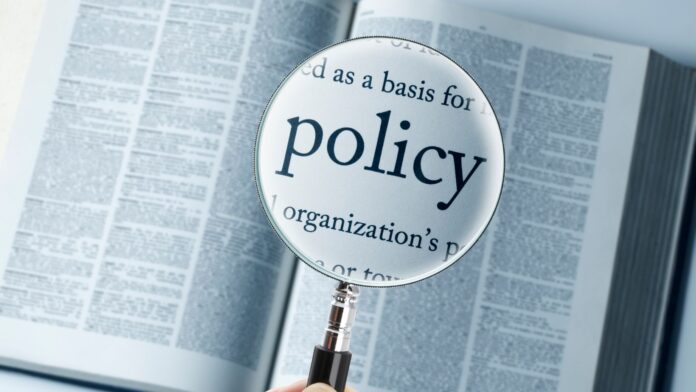Are you looking to maximize your coverage and financial security? Look no further! In this article, I’ll share valuable insights and tips on how to achieve just that. Whether you’re an individual or a business owner, having the right insurance coverage is essential for protecting your assets and ensuring peace of mind. With the ever-changing landscape of insurance policies, it’s crucial to stay informed and make informed decisions.
When it comes to insurance, having comprehensive coverage is key. But how do you know if you have the right policies in place? Don’t worry, I’ve got you covered. In this article, I’ll walk you through the essential types of insurance you need to consider to ensure maximum coverage and financial security. From auto and home insurance to life and health insurance, I’ll provide valuable insights to help you make informed decisions.
Pat Owns a 20-Pay Life Policy
When it comes to protecting our assets and ensuring financial stability, having the right insurance coverage is crucial. Insurance provides a safety net that can help us recover from unexpected events and avoid financial hardships. In this section, we will delve into the importance of coverage and financial security, highlighting key reasons why it is essential to have the right insurance policies in place.
1. Protection against unforeseen events: Life is full of uncertainties, and we never know when we might face an accident, illness, or natural disaster. Insurance provides us with the much-needed protection against these unforeseen events. Whether it’s auto insurance to cover damages from a car accident, home insurance to protect against fire or theft, or health insurance to cover medical expenses, having the right coverage ensures that we are prepared for the unexpected.
2. Peace of mind: Knowing that we have insurance coverage can bring us peace of mind. It allows us to focus on our daily lives without constantly worrying about what could go wrong. With the right insurance policies in place, we can have confidence in our ability to handle any financial challenges that may arise.
3. Safeguarding our assets: Our assets, such as our home, car, or business, are often significant investments. Insurance helps us safeguard these assets by providing financial protection in case of damage, theft, or liability claims. Without proper coverage, we risk losing our hard-earned assets and facing financial ruin.
4. Legal and contractual requirements: In many cases, having insurance coverage is not just a matter of choice but a legal or contractual requirement. For example, most states require drivers to have auto insurance, and landlords often require tenants to have renter’s insurance. By fulfilling these requirements, we not only comply with the law but also protect ourselves and others in case of accidents or incidents.

Assessing Your Current Coverage and Financial Situation
When it comes to maximizing your coverage and financial security, it’s crucial to start by assessing your current insurance policies and financial situation. This step will help you identify any gaps in coverage and determine if you have the right policies in place to protect your assets and meet your financial goals.
Here are a few key points to consider when assessing your current coverage and financial situation:
- Review your existing insurance policies: Take the time to go through your current insurance policies, including home, auto, health, life, and business insurance. Understand the coverage limits, deductibles, and exclusions of each policy. This will give you a clear picture of what is already covered and what may need additional protection.
- Evaluate your assets: Make a list of your assets, including your home, vehicles, business, and personal belongings. Assess the value of each asset and consider whether your current insurance policies provide adequate coverage. Remember, the value of your assets may have changed since you last purchased insurance, so it’s essential to update your coverage accordingly.
- Consider potential risks: Think about the potential risks you face in your personal and professional life. Are you adequately protected against natural disasters, accidents, or liability claims? Assessing these risks will help you determine if you need additional coverage, such as umbrella insurance or professional liability insurance.
- Assess your financial goals: Take a close look at your financial goals and consider how insurance can help you achieve them. Do you have enough life insurance coverage to protect your loved ones in case of your untimely passing? Are you saving enough for retirement? Evaluating your financial goals will help you identify the types of insurance policies that align with your long-term plans.
Conclusion
By implementing the strategies discussed in this article, you can maximize your coverage and financial security. Regularly reviewing and updating your insurance policies is essential to ensure they meet your current needs. Assessing your assets and risks will help you determine the appropriate level of coverage, while considering your financial goals will guide you in selecting the right insurance policies and financial products. Diversifying your coverage and investments is crucial to protect yourself against unexpected events.


